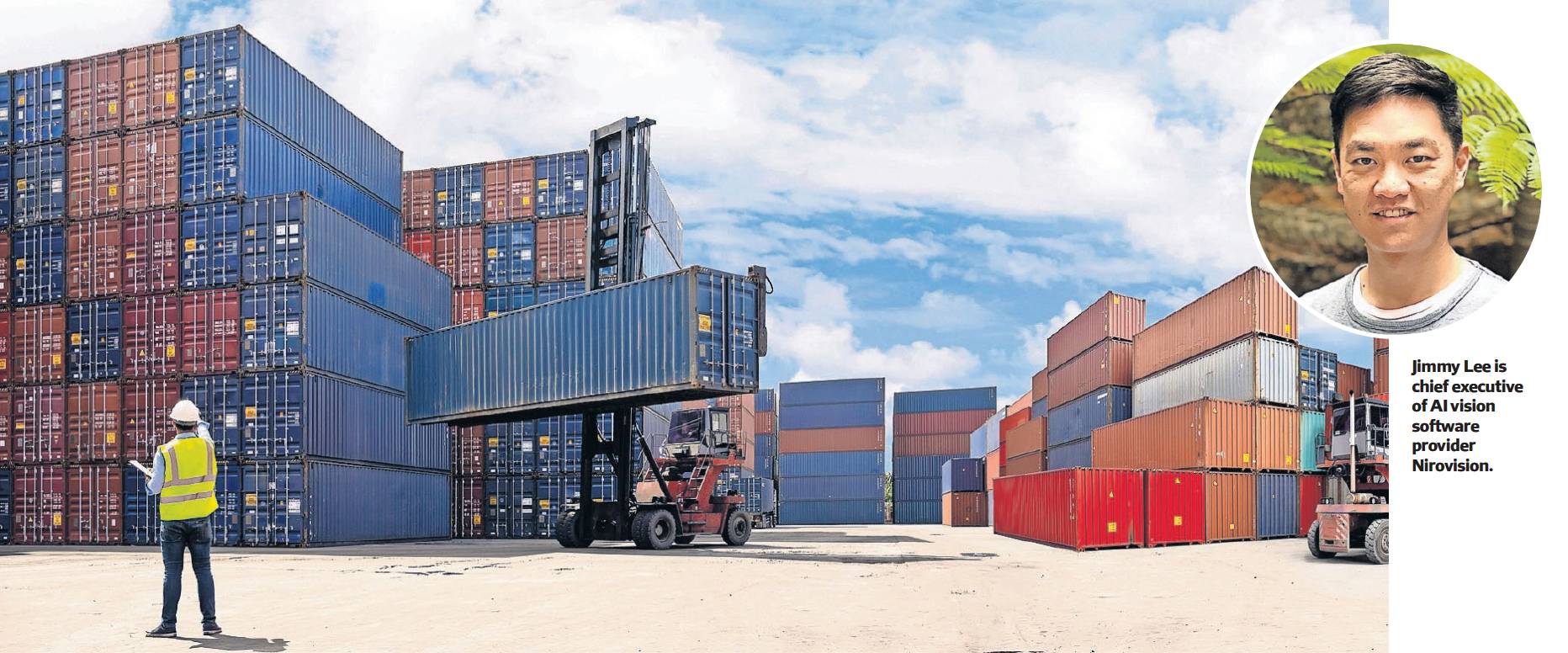Automatic compliance checks at the gate
Even when employers abide by the need for safety inductions and other worksite certifications, their health and safety compliance efforts can fail at the final hurdle if they are not being enforced at the gate.
While the fatality rate of workers in Australia has decreased by 35 per cent over the past 10 years, 169 people were still killed at work in 2021, according to Safe Work Australia.
On top of this, there were more than 130,000 claims for serious injuries which saw workers off the job for at least one week.
Machinery operators and drivers account for almost half the workplace deaths, with labourers and managers recording the next-highest fatalities. Other industries with a high number of worker deaths include the transport, postal, warehousing, mining and construction sectors.
Work-related fatalities and injuries impose a devastating personal, social and economic impact on workers and their families, as well as their colleagues and employers.
In addition, work-related injury and illness impacts the wider economy, resulting in additional health expenditure, reduced participation in the labour market and other financial costs.
Avoiding productivity losses and costs from work-related injuries or illnesses would contribute 1.6 per cent to Australia’s GDP each year.
Tougher workplace manslaughter and industrial manslaughter laws across much of the country are forcing Australian organisations to address health and safety issues at the highest levels. These laws include the ability to find organisations and their senior management responsible for workplace deaths.
In Victoria, negligent employers now face fines of up to $16.5 million and individuals face up to 25 years in jail.
Although NSW currently lacks industrial manslaughter laws, the Work Health and Safety Act already contains provisions akin to the offence of industrial manslaughter in other jurisdictions.
Employers are responsible for ensuring that all employees are given adequate induction training and have the skills and knowledge to work safely on potentially dangerous worksites.
Yet even when employers have made the appropriate efforts to ensure that workers have the appropriate site inductions, licences and other certifications, the challenge arises when it comes to performing manual compliance checks on every worker and truck that enters a site.
Using machine vision and artificial intelligence to tackle this challenge is far more cost-effective and reliable than relying on security guards to perform manual checks, says Jimmy Lee, chief executive of AI vision software provider Nirovision.
Nirovision and Rapid Global have partnered to create AI Checkpoints, which utilises licence plate and facial recognition to automatically identify workers and vehicles at entry and exit checkpoints.
It performs compliance checks on both the individual and their vehicle, checks them into the site and then grants access through the gate, all in less than one second.
The nature of the construction industry and current labour shortages means that onsite workforces are in constant flux. This increases the temptation for contractors and subcontractors to bypass health, safety and security procedures.
‘‘A classic one is sharing the PIN codes for access gates and doors, to the point where everyone knows the codes,’’ Lee says.
‘‘These site operators might believe they have security in place, but when everyone knows that code it doesn’t prove identity and ensure those specific people have their compliance paperwork in order.’’
It’s not until businesses install a system like AI Checkpoints that they realise how far short they are falling when it comes to meeting the compliance obligations for workers, contractors, subcontractors and other site visitors.
The technology can also limit site access to certain days and times, as well as ensure that people are certified to enter specific areas of a worksite which present specific dangers and certification requirements.
‘‘When we first talk to businesses, they often assure us they are already 95 per cent compliant when it comes to enforcing worksite compliance,’’ Lee says. ‘‘Our system puts that to the test, as it includes a physical gate which restricts anyone from getting onsite unless they are in complete compliance.’’
‘‘We usually set a one-week grace period, where compliance is noted but not enforced, and they soon discover that more like 50 per cent of people coming onsite have an expired site induction or some other compliance issue.’’
This technology also makes it easier for businesses to scale their operations across more sites and more hours of the day. It allows them to automate access, maintain compliance and handle exceptions, with minimal administrative overheads.
‘‘Rather than replace security guards at worksite entrances, this technology is designed to augment their efforts with increased accuracy and reliability,’’ Lee says. ‘‘It frees them to spend less time checking if people’s paperwork is all in order and more time dealing with other issues on a worksite that actually require the human touch.’’
